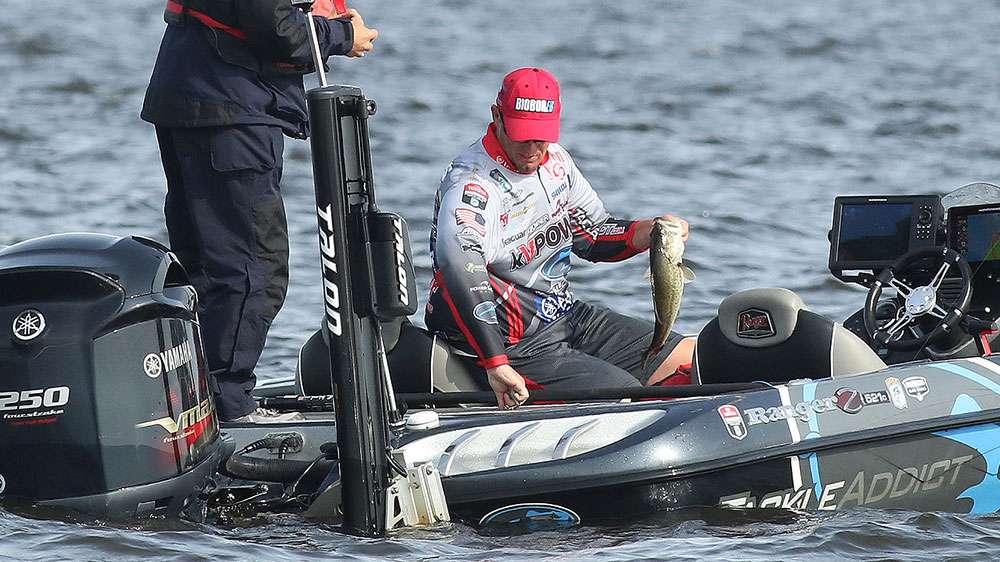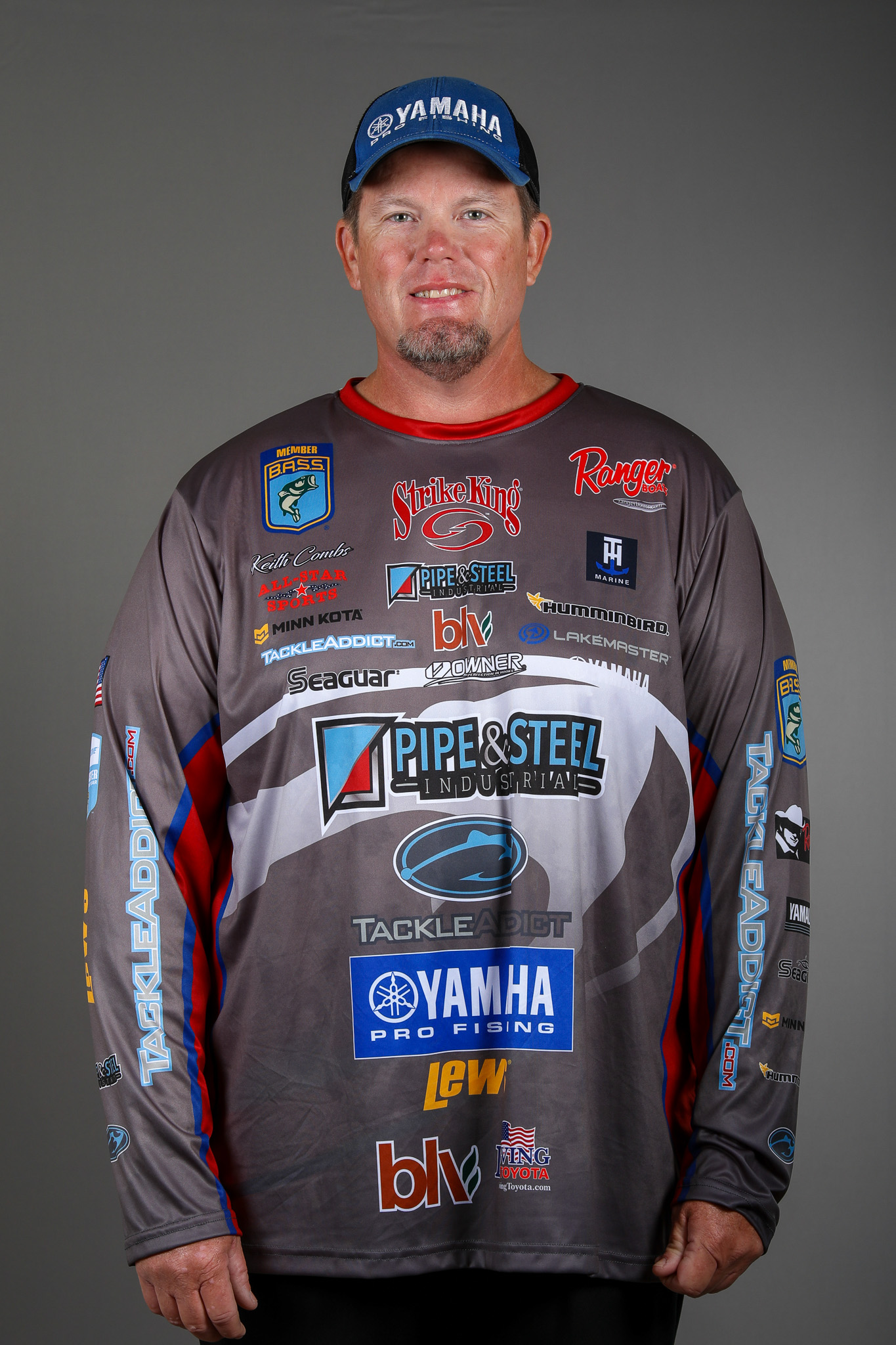
Like many other Bassmaster Elite Series pros, I spend as much of my free time as I can hunting. Unlike most of them, though, the majority of my hunting does not involve a gun or a bow. Sure, if we get a few days of terrible weather in the offseason I may get up in a deer stand, but even then I usually end up daydreaming about fishing.
No, the hunting that I’m most obsessed with involves my Humminbird electronics. I can spend hours upon hours in the boat without making a cast and be fully satisfied.
I can remember back when I first moved to Del Rio in the fall before my first year on the FLW Tour. I didn’t have much more that a couch with me, so unpacking didn’t take long, and that same day I headed out to Amistad. I’d fished there quite a bit before, but I wanted to get better at every aspect of the game. That meant not just a wide variety of presentations, but also with my electronics. With that in mind, I spent thousands of hours graphing.
Things got even better when I started spending 15 to 20 days each month guiding at Falcon. The fish at Amistad really didn’t relate to structure like they do at many lakes throughout the country, but at Falcon they set up on different types of structure in a textbook fashion. One thing complicates matters, though, as it does on many Texas lakes – the water level was always changing. I knew that I had to stay on fish for my clients, and I also wanted to know everything about the lake in case I ever had an opportunity to fish a major tournament there, so it became my routine to fish all day with my clients, drop them off at the ramp, put the rods away and then graph until dark. I knew that if the target depth was 13 feet, I could search in 15 or 20 feet, create waypoints, and then when the water dropped the bass would move predictably to those spots. Not only was I staying in front of the fish, but I was constantly looking for places that I didn’t know, or even places that perhaps nobody knew.
Even today, I still get tremendous satisfaction out of a day idling around with my face buried in my electronics. A big part of that is because our gear is so much better than it was back when I was at Falcon. Back then I used to use side-imaging and sonar, but now the down-imaging on my Humminbird Onix is so precise that there’s no question about what you’re seeing. Back in my earlier days, you’d idle over a brushpile and you could usually tell if there were fish in it, but with the resolution on my Onix I can tell that there are crappie on top of it, bass in and around it, and how big they are.
You really don’t need to fish to prefish effectively. They’ve also introduced AutoChart, which allows you to create your own maps, another amazing tool. While there are many good maps of lakes like Toledo Bend, there’s plenty of good stuff that’s not on any of them. With AutoChart, you can spend 20 minutes on one ridge and create a perfect map, and there’s a pretty good chance you’ll find a little kick-out or turn that’s not on any of the commercially available maps.
My fiancée Jennifer and I went to Toledo Bend over Memorial Day weekend, but we had different goals in mind. She wanted to catch fish. I wanted to look at my electronics. We started things off catching a few, but then we switched to scouting. She might’ve been disappointed, but I was in heaven.
All of this graphing has made me a better and more thorough angler. On lakes like Rayburn and Toledo Bend, I’m sure it will help me in future tournaments, but even on new bodies of water I’m happy just to look for obscure spots. We may only have two or three true offshore tournaments a year, but those are the ones where I feel most confident – and most disappointed if I don’t have a good event.
Next year’s Classic is on Conroe, and while I haven’t qualified yet, I’m already looking forward to the possibility of fishing it. Obviously, the chance to become a Classic Champion is important for my career, but I’m especially excited about the fact that it’s so close to my East Texas home. From the time I qualify until the time it goes off limits, I will spend as much time there as I can, and you can bet that almost none of it will involve a rod in my hand.

